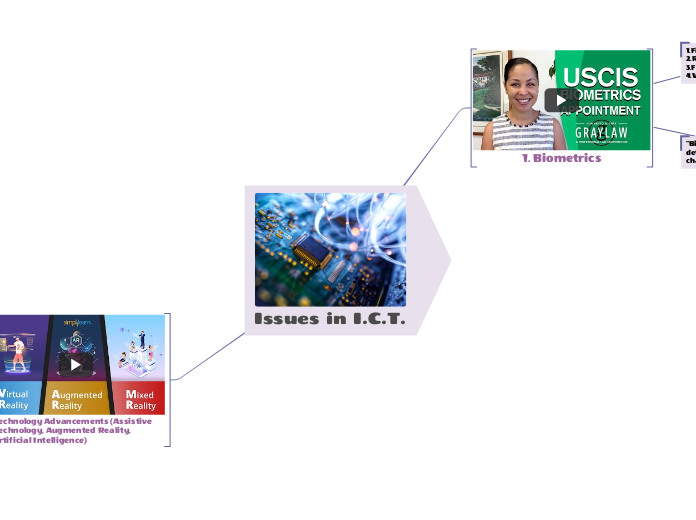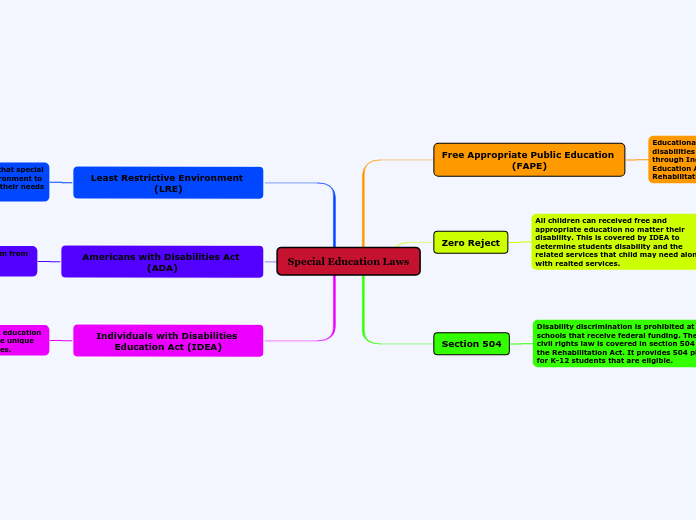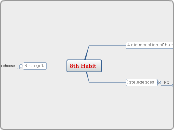Issues in I.C.T.
Technology Advancements (Assistive Technology, Augmented Reality, Artificial Intelligence)
Artificial intelligence (AI) is an area of computer science that emphasizes the creation of intelligent machines that work and react like humans.
Some of the activities computers with artificial intelligence are designed for include:
Speech recognition
Learning
Planning
Problem solving
Augmented reality (AR) is the integration of digital information with the user's environment in real time.
Unlike virtual reality, which creates a totally artificial environment, augmented reality uses the existing environment and overlays new information on top of it.
For example: Apple's Augmented Reality Platform Video
Apple Spatial Computing Promotional Video
“Assistive technology is technology used by individuals with disabilities in order to perform functions that might otherwise be difficult or impossible. “
A variety of assistive technology is available today
Limited hand function: may use a keyboard with large keys or a special mouse to operate a computer,
Visual impairments: may use software that reads text on the screen in a computer-generated voice or enlarges screen content
People with speech impairments may use a device that speaks out loud as they enter text via a keyboard
Magnifiers,
Talking devices such as a talking thermostat,
Braille displays,
Screen reading software,
Text-to-speech systems using Optical Character Recognition (OCR),
Large print materials, and
Phones with large tactile buttons.
Biometrics
“Biometrics refers to technologies used to detect and recognize human physical characteristics."
In the IT world, biometrics is often synonymous with "biometric authentication," a type of security authorization based on biometric input
1.Fingerprint scanning
2.Retinal scanning
3.Facial recognition
4.Voice analysis
Biometrics may be near impossible to replicate, but there are some disadvantages: 1.Cost-significant investment
2.Data Breach-Databases can be hacked
3.Tracking & Data-Limit privacy for user
4.Bias-machine learning and algorithms must minimize demographic bias
A facial recognition system, for instance, uses a camera to capture an image of a person's face. The photograph is then recorded and processed using biometrics software.









